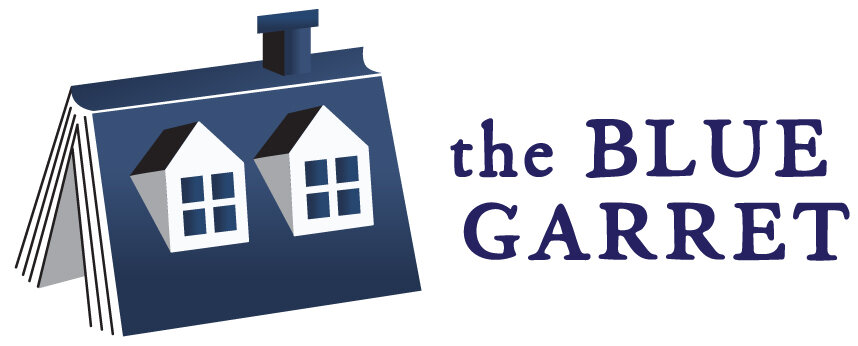What is editing? And what kind do you need for your book?
When you have your work edited, you are inviting highly trained readers to give feedback and provide suggestions that will ultimately lead to a well-crafted, polished, professional-looking book. There are three main types of editing: let’s look at what each one includes.
A content edit (sometimes referred to as a developmental or substantive edit) can help you untangle problematic plots, enliven characters who just won’t leap off the page, or brighten up settings that are stubbornly dim or dull.
For nonfiction, a content edit can help you strengthen your argument, uncover buried themes, or bring order and clarity to your ideas.
Sometimes a content editor is like a sound engineer, showing you how to tweak elements of your story so that suddenly everything sings in harmony. Sometimes a content editor is like a structural engineer, showing you the weaknesses in your foundation and how to repair them so that your story is strong.
You should seek out a content edit for your book if you feel stuck, if you know there is something missing but you can’t figure out what it is, if you have gotten confusing advice from your beta readers, or if you want a professional reader to analyze your book and teach you how to make it even better than it already is.
Content editing
Copyediting
Copyediting is like spring cleaning for your book. Every word gets dusted and buffed and put in its proper place. You have the time and energy to consider what to keep, what to replace, and what to throw out altogether. When you invest in copyediting for your book, you are ensuring that your readers will notice your suspenseful plot, your compelling argument, your witty dialogue, and your brilliantly drawn characters rather than getting pulled out of the story by seeing typos, missing words, or grammatical errors. A good copyedit will show you how to straighten out awkward sentences, prune unnecessary words, and add spice and variety to your writing.
A copyeditor also makes sure that everything in your book is consistent and correct, so that it looks professional. Do you use dashes in the same way throughout? Is your main character named Kristen or Kristin? Does she run “toward” the burning bus on page 15 and then “towards” the burning plane on page 46? (That Kristen, always trying to be a hero.) Is that really how you spell Meeteetse, Wyoming? (Yep, it sure is!) Do your characters use twenty-first-century slang in the 1940s? Your copyeditor will be checking all of these details and more.
Your copyeditor will create a style sheet specifically for your book, listing your preferences about commas, dashes, ellipses, and the like. The style sheet will list the correct spellings for all character names and may also include a timeline of events if you have an especially complicated plot. Proper names will be verified and listed too, as will your preferred spellings for words like “ok” that have multiple correct spellings. OK? Okay.
Proofreading
If copyediting is like spring cleaning, proofreading is more like a quick tidying session right before guests show up at your house. Are you going to sort through that bin of old sports equipment in the basement when the doorbell is going to ring at any moment? Probably not. But you will likely wipe up the wine that was spilled in the hallway and throw the shirt that is draped over the stair banister into the laundry basket. (What were you doing right before your guests arrived?)
Proofreading is for books that have already been professionally edited and is intended to catch the stray missing words or mixed up homonyms or mistakes that were missed in copyediting or crept in after copyediting was completed.
If you are publishing a print book, you may want to schedule your proofreading round after the print layout is completed, which will allow your proofreader to check things like formatting consistency, running heads (the author or title at the top of the page), page numbers, and orphans and widows (single lines stranded at the top or bottom of a page).
Read about our process for each kind of editing
Understand the principles that guide our work
Discover how to find the right editor for your book
Learn more about our services
Request a free sample edit to get started

